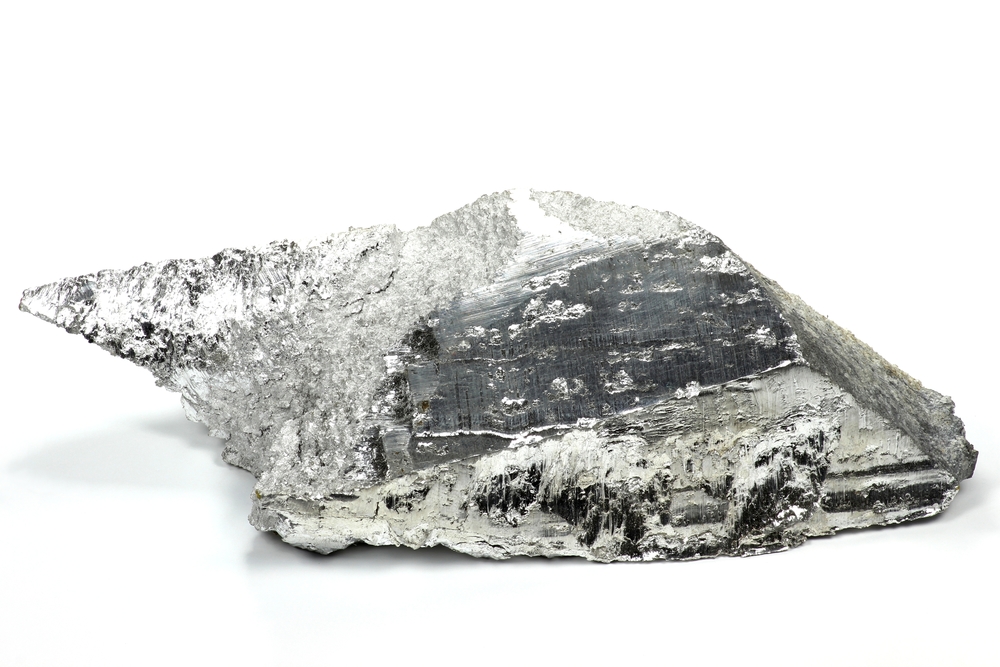Properties:
Magnesium is a chemical element with atomic number 12. It is located in Groupt 2 of the periodic table and belongs to Alkaline earth metal family. Magnesium is one of the most abundant elements on Earth (it is actually seventh).
Magnesium is a relatively hard, silvery- white metal. It is the lightest of all structural metals. These metals are sufficiently solid to be utilized to fabricate structures, scaffolds, vehicles, and planes.
Magnesium is easily exposed to forming, shaping, twisting, cutting, and working. Metals must be manufactured before they can be transformed into valuable items. Metals that are solid, tough, or hard are not effectively fabricated. They should be mixed with an alloy. A metal that is easily fabricated, (for example, magnesium) is joined with them.
The boiling point of Magnesium is 1100 Celsius and the melting point is 651 Celsius. Magnesium has a density of 1.738 grams for each cubic centimeter.
Magnesium is an active metal. It responds gradually with cold water and more quickly with hot water. It reacts with oxygen at room temperature to form a thin layer of magnesium oxide. It burns with a blinding white light at higher temperatures. Magnesium responds with most acids and with a few soluble bases. A soluble base is a substance with properties opposite those of an acid. Sodium hydroxide and lime-water are cases of alkalis.
Magnesium additionally joins effectively with numerous non-metals, including nitrogen, sulfur, phosphorus, chlorine, fluorine, bromine, and iodine. It additionally responds promptly with various mixes, for example, carbon monoxide, carbon dioxide, sulfur dioxide, and nitric oxide.
Magnesium is crucial for health in plants and animals. It frames some portion of the chlorophyll molecule found in every single green plant. Chlorophyll is the molecule in green plants that controls the transformation of carbon dioxide and water to carbohydrates, for example, starch and sugar. Plants that don't get enough magnesium can't make enough chlorophyll. Their leaves create yellowish blotches subsequently.
Magnesium is found in numerous enzymes in both plants and animals. An enzyme works as a catalyst in a living life form. It accelerates the rate at which certain changes occur in the body. Catalysts are fundamental for living cells to work appropriately.
Magnesium shapes some portion of the chlorophyll molecule found in every single green plant.
A lack of magnesium can occur, nonetheless. For instance, heavy drinkers and kids in poor nations now and then build up a magnesium insufficiency. In such cases, magnesium insufficiency may make a man be effectively disturbed or excessively forceful.

Applications:
- Magnesium is used in cameras that contain flash bulbs.
- Magnesium is used in fireworks.
- Magnesium is used in alloys to improve material’s properties like its strength and resistance to corrosion.
- Magnesium is used in the manufacturing of power tools, cameras, race cars, skis, racing bikes, airplanes, automobiles, metal luggage.
- Magnesium is used in the manufacturing of ladders shovels and other gardening equipment.
- Magnesium compounds are used in medicine: pain killer, fever reducer, antacid, laxative, antiseptic, sedative.
- Magnesium compounds are used in production of glass and ceramics.
- Magnesium compounds are used in mothproofing of textiles, fireproofing wood and construction, manufacture of paper.
For related products please visit:
Comments
Post a Comment